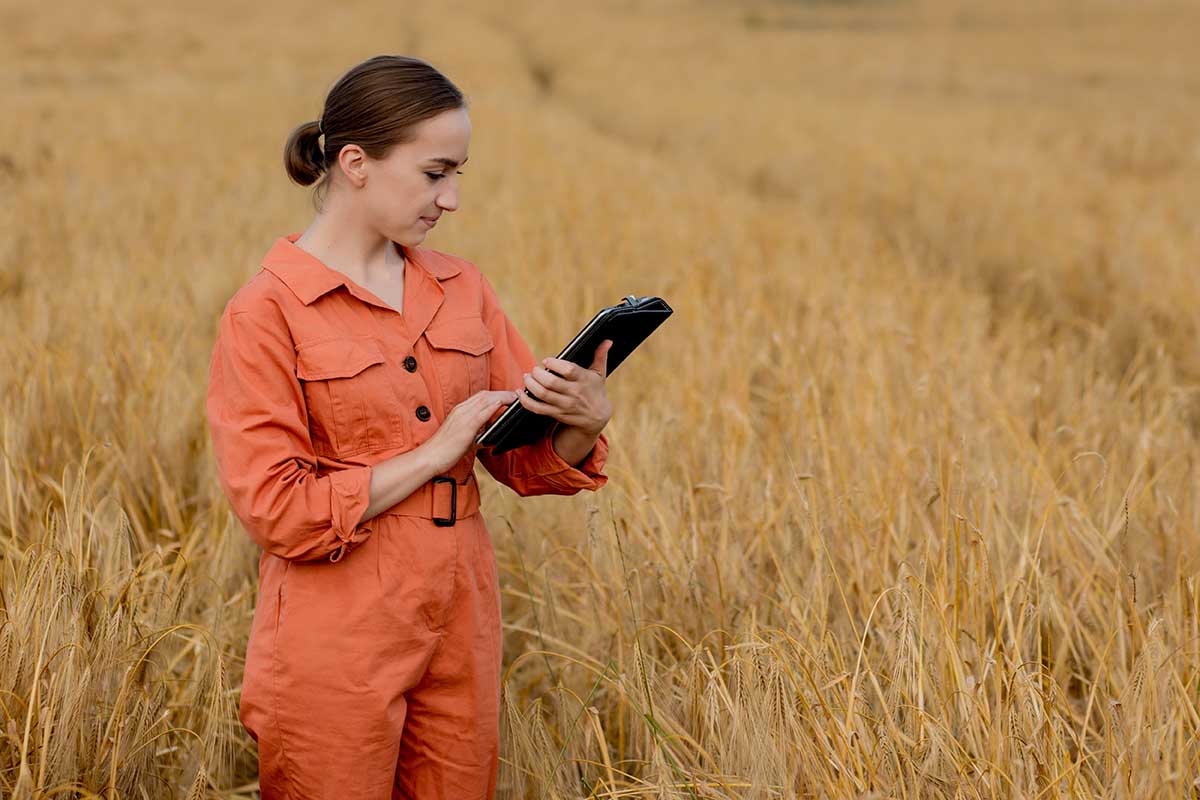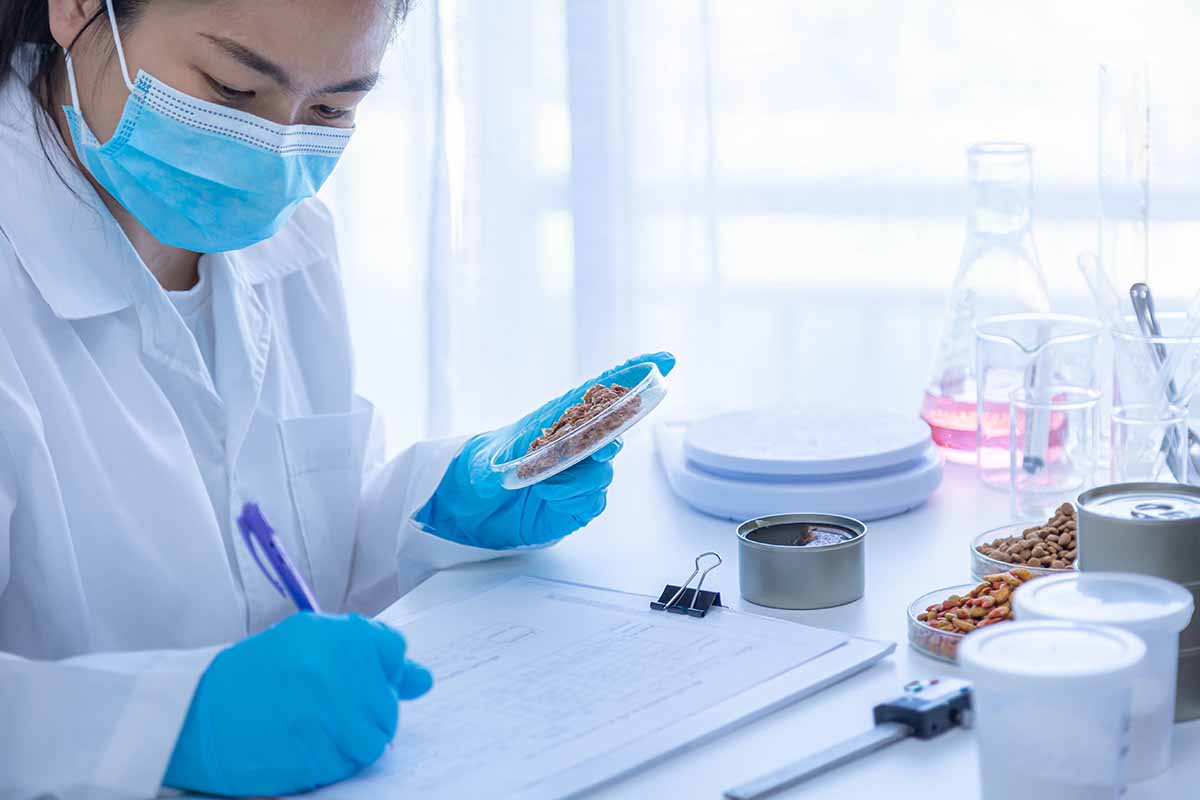How Do You Know If a Grain is Ok?
Grain quality https://www.calibrecontrol.com/snack-food-testing is extremely important in the commercial grain industry, and there are many chances to analyze and measure grain against various criteria throughout the manufacturing process.
Grain quality is essential for farmers, food producers, and, most importantly, customers.
What Should You Test in a Grain?
The following are some of the most important things to check for in grains:
- Moisture
- Protein
- Specific weight
- Mycotoxins
- Oil content
- Falling number.
The characteristics of grain, as well as the impact it will have on its quality, marketability, and overall value as a commodity, are all affected by these various components.
The storage life of the grain is determined by its moisture content. It affects grain selling weight and whether it can be kept for long periods of time. Protein is critical because food manufacturers and processors will be searching for a specific grade of grain. If a farmer’s yield does not meet these standards, their crop may be rejected or receive lower prices.
The precise weight is a well-known, generally accepted method for evaluating grain quality. It indicates the density of the grain and, like protein, millers and producers will have particular weight requirements for grains they acquire. Certain grains may require nitrogen testing if they are too high, resulting in a lower specific weight.
Mycotoxins are a severe concern. These naturally occurring poisons might affect agricultural yield, contaminating crops while harvested, dried, and stored. They also pose a hazard to animals at higher levels in the food chain if they eat contaminated feed.
Oil content is an essential factor for various seed crops, including oilseed, which is tested for purity.
The falling number test measures the alpha-amylase (AA) activity and levels. The level of AA activity can help determine whether particular grains are suitable for different baked items. This is the primary technique for determining if wheat is ideal for breadmaking.
How Should You Evaluate Grain for Quality?
Grain quality is constantly monitored using a variety of inspection methods and equipment. Modern grain inspection systems employ cutting-edge magnification technology. Tagarno inspection systems offer magnifications ranging from 320 to 320 times and multi-viewer choices and high-definition live imaging. This enables for detailed examination of plants for seed or grain quality assessment.
We can help you find the supplies and equipment you need to complete your project. Inspection systems may be used to detect pollutants and identify sprouted or damaged grains.
What are the Most Important Grain Testing Techniques and Tools?
Key grain testing methods include:
- Near-infrared (NIR) spectroscopy – using infrared energy and the electromagnetic spectrum to analyze grain properties;
- Unified Grain Moisture Algorithm (UGMA) – a grain moisture-measuring method;
- Lateral flow testing – for detecting the presence of Mycotoxins in grain samples;
- Hagberg falling number (HFN) – a popular and internationally-standardized method for measuring alpha-amylase enzyme activity in grains.
Grain quality testing is possible with a range of specialist grain testing equipment that allows farmers and producers to test for grain quality at various phases of the production process. Handheld moisture and protein meters are several specialist testing tools that are especially appropriate for on-farm testing.
Analysis equipment is also available for in-line usage, allowing you to connect it into process control systems. Here are several sophisticated grain testing procedures for use on farms, in the field, on production lines, and in laboratories.
- GrainSense is a highly portable solution for determining grains’ moisture, protein, and nitrogen content. The instrument is simple to use and ideal for gathering on-field information while providing laboratory levels of accuracy.
- The Perten AM 5200 moisture meter is a larger and more versatile version of the Perten AM 2500 moisture meter. It penetrates samples deeply for brief analysis using the Unified Grain Moisture Algorithm (UGMA).
- The Perten IM9500 wholegrain analyzer, like the GrainSense portable moisture meter, employs NIR technology. This device will evaluate both whole grains and Charm Mycotoxin test strips are lateral flow tests that give quick results when testing cereal grains, seeds, and barley for various mycotoxins, including aflatoxin and Vomitoxin.
- The Perten Falling Number 1000 test for alpha-amylase activity in grains and seeds. This enzyme activity can be increased in wet harvests; therefore, farmers and producers must keep track of concentrations for quality control and assurance.
Which Testing Procedures Should You Use?
Using multiple approaches and technologies, testing and analysis of grain quality take various forms. These procedures are ideal for testing throughout the manufacturing process:
- Growing
- Harvesting
- Storage
- Distribution
- Food production.
Please contact CalibreControl for more information about our complete grain testing equipment.



















